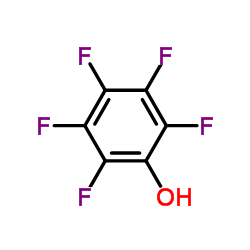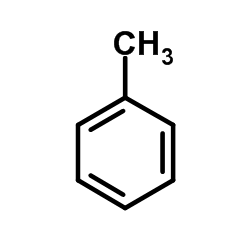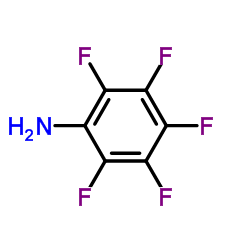| Structure | Name/CAS No. | Articles |
|---|---|---|
 |
Pentafluorophenol
CAS:771-61-9 |
|
 |
Toluene
CAS:108-88-3 |
|
 |
2,3,4,5,6-Pentafluoroaniline
CAS:771-60-8 |